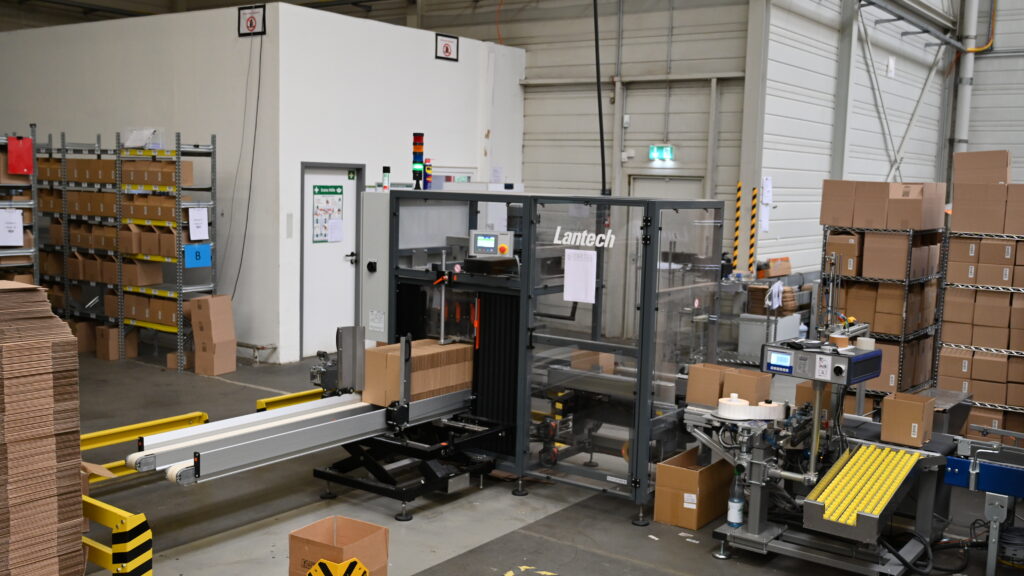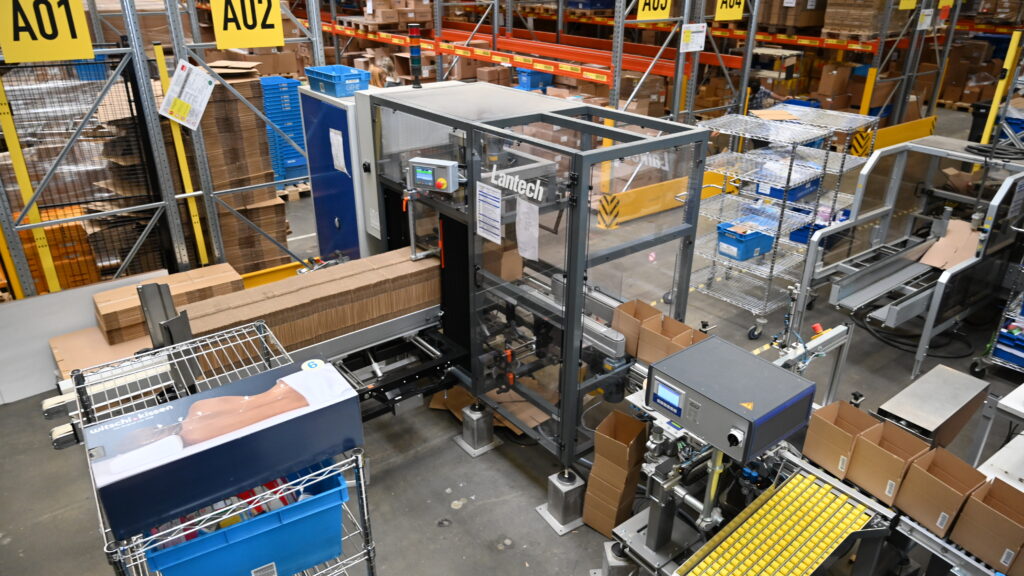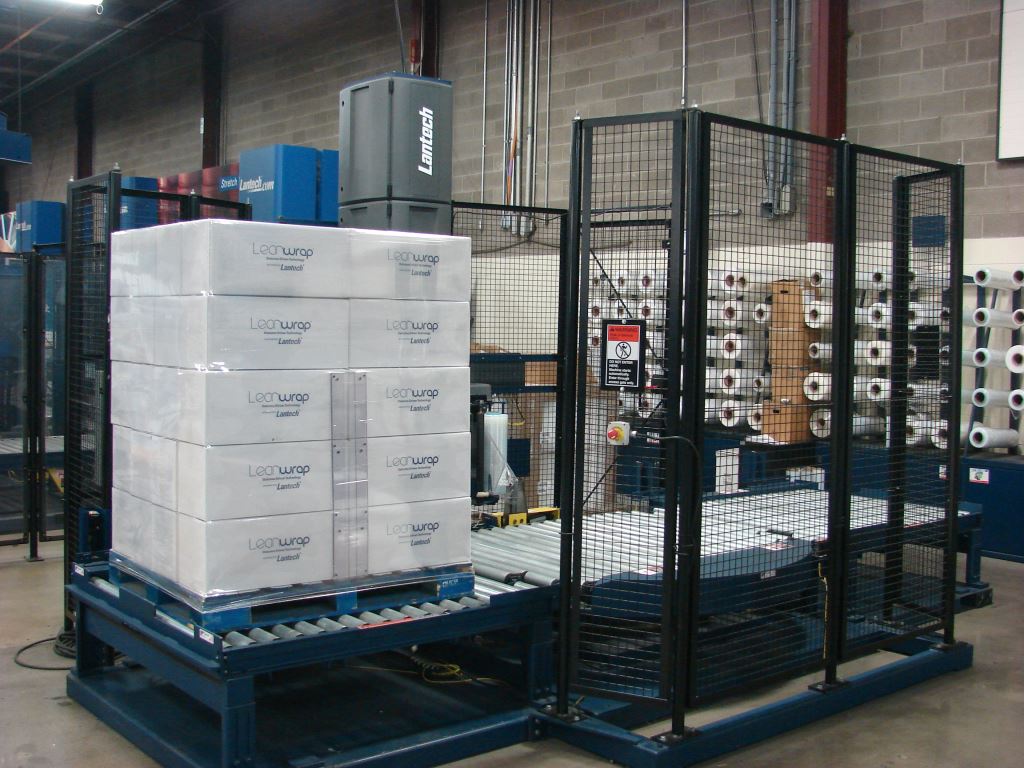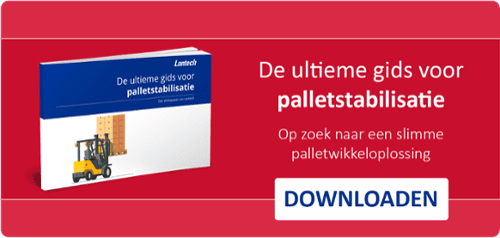For operations managers, packaging engineers, and production supervisors, choosing the right level of automation in case sealing can have a direct impact on line efficiency, labor use, and total cost of ownership. Understanding the differences between manual, semi-automatic, and automatic case sealing systems helps teams align technology with throughput demands and budget realities.
Today’s packaging lines face mounting pressures: increased SKUs, shrinking labor pools, and rising expectations for consistency and uptime. In this environment, moving from manual tape application to automated case sealing isn’t just a matter of convenience—it’s a strategic decision that can transform productivity and quality.
This article explores how automatic case sealers, semi-automatic systems, and traditional tape sealing equipment compare in performance, cost, and integration flexibility. It provides an expert-level breakdown of automation tiers and guides you through selecting the best solution to improve packaging line productivity.
Table of Contents
- What Is a Case Sealer?
- What Is a Semi-Automatic Case Sealer?
- Key Differences Between an Automatic and Semi-Automatic Case Sealer and a Tape Machine
- Advantages and Disadvantages of Each Option
- How to Choose the Right Sealing Solution
- Conclusion
- FAQ
What Is a Case Sealer?
A case sealer is a machine designed to close and seal corrugated shipping boxes efficiently and consistently. It applies tape or glue to the top or bottom of a case as it moves through the machine.
Case sealers are essential for maintaining uniform sealing quality, minimizing product damage, and eliminating the variability of manual packing. In many packaging automation solutions, a case sealer forms the final step before palletization.
Working Principle
Once a filled box is presented to the machine, the sealer securely folds or receives pre-folded flaps, applies the appropriate adhesion (either tape or glue), and discharges the sealed case to the next station. Depending on the configuration, the operator either positions the case into the infeed or the system handles this automatically with synchronized conveyors.
Key Types of Case Sealers
- Manual Dispenser or Tape Machine – Tape dispensers or handheld tape guns used for low-volume operations.
- Semi-Automatic Case Sealers – Machines that require an operator to load boxes while the machine applies tape automatically.
- Fully Automatic Case Sealers – Machines that receive erected and filled boxes, fold all flaps automatically, and seal (with either tape or glue) without operator intervention.
Automatic models often integrate with other packaging automation systems, such as case erectors, fillers, labelers, or palletizers, to create continuous, hands-free throughput.
What Is a Semi-Automatic Case Sealer?
A semi-automatic case sealer bridges the gap between manual and fully automated systems. Operators still play a role—positioning open boxes onto the infeed and guiding them into sealing heads—but much of the physical effort and tape application is mechanized.
These units usually require the operator to fold the top flaps before feeding the case into the machine. The sealer then automatically applies tape to the top and bottom seams. After sealing, the operator removes the box or allows it to discharge to the next conveyor.
Where Semi-Automatic Systems Excel
Semi-automatic sealers fit operations handling moderate production volumes or product variability—where some manual adjustment and human oversight are still valuable. They also are efficient on a line where the operator who fills the case is positioned close to the semi-automatic case sealer, requiring little to no extra effort or operator action. Industries like food, consumer goods, and light manufacturing use them for short runs, seasonal spikes, or transitions toward higher automation.
Benefits
- Faster than manual sealing with consistent tape placement.
- Reduces fatigue and variability from repetitive tape gun use.
- Simple setup and minimal maintenance.
- Economical and cheaper than fully automatic systems.
Limitations
- Requires an operator’s attention.
- May cause bottlenecks if case volumes increase.
- Labor costs remain tied to throughput.
For companies seeking to improve box sealing efficiency but are not yet ready for full automation, semi-automatic sealers offer a pragmatic balance.
Key Differences Between Automatic and Semi-Automatic Case Sealers and Tape Machines
Many first-time packaging buyers start with manual taping tools before exploring automation. The transition path—from a handheld tape dispenser to a semi-automatic or automatic case sealer—reflects natural stages of operational scaling.
Below we break down the most important distinctions:
1. Level of Automation
- Tape Machine (Manual): Requires full operator control—aligning flaps, applying, cutting, and smoothing tape manually. Labor-intensive.
- Semi-Automatic Case Sealer: Operator folds flaps and initiates sealing; machine handles tape application automatically.
- Automatic Case Sealer: No operator input required during run; some machines can integrate with other equipment on the line. Flaps are folded and sealed automatically. Some advanced machines are capable of handling a variety of box sizes.
Automatic systems eliminate the need for manual interaction, freeing operators for higher-value tasks.
2. Speed and Throughput
Throughput is often the first measurable gain from automation:
- Manual: Approximately 3 cases/minute or 180 cases/hour (depends on operator skill).
- Semi-Automatic: depends on how quickly an operator (or operators) can feed the machine.
- Automatic: Up to 30 cases per minute, depending on conveyor speed and box size range.
The more boxes processed per shift, the clearer the ROI for full automation.
3. Labor and Operating Costs
Manual tape sealing ties production rates directly to human labor—every box requires operator time and attention. Semi-automatic systems reduce repetitive strain and time but still require an operator to be present. Automatic systems drastically cut labor dependency and ensure continuous flow, yielding measurable savings and helping offset workforce shortages.
4. Tape Application Consistency
Manual sealing can result in uneven tape tension, wrinkles, and variable adhesion. By contrast, automated sealers deliver consistent tape application pressure and length, ensuring professional packaging appearance and optimal seal integrity.
For water-activated tapes, automatic systems maintain proper moisturization and adhesion rates that would be difficult to achieve manually.
5. Compatibility with Existing Lines
A common misconception among buyers is confusing a tape machine with a case sealer. While a tape machine may sit on a workbench, a case sealer is designed to fit seamlessly into conveyor-based lines.
Automatic sealers integrate directly behind case erectors or fillers, forming part of a synchronized packaging automation solution. Semi-automatics can be adapted to manual stations or small conveyors, making them ideal for transitional layouts.
Advantages and Disadvantages of Each Option
The following table summarizes the strengths and trade-offs of manual, semi-automatic, and automatic sealing solutions.
| Sealing Method | Advantages | Disadvantages | Best Fit |
| Manual (Tape Gun) | Low equipment cost; flexible for varied box sizes | High labor cost; inconsistent seals; slower throughput | Low-volume operations or startups |
| Semi-Automatic Case Sealer | Consistent seals; less operator strain; moderate cost | Requires manual loading/unloading; limited scalability | Mid-volume lines; growing businesses |
| Automatic Case Sealer | Fully automated; highest throughput; minimal labor | Higher initial investment; requires integration | High-volume, continuous packaging environments |
How to Choose the Right Sealing Solution
Selecting the ideal sealing approach depends on the unique constraints of your operation—throughput requirements, workforce availability, product mix, and capital budget.
1. Production Scale and Set Up
- If your line is set up to where the operator who is filling product in the case is close to the case sealer, then a semi-automatic case sealer makes sense most of the time. The labor required for the filling can also be utilized to fulfilled the case sealer need and no additional labor is required.
- If the packing station is not close to the case sealer, an automatic case sealer typically makes more sense. It does not require additional labor like a semi-automatic case sealer would need.
2. Box Dimensions and Styles
Automatic case sealers handle a wide range of box sizes but may require additional setup to adjust height and width parameters. For a few box size changes, fixed-setup machines are highly efficient.
3. Budget and ROI
Initial equipment cost differs across technologies:
- Tape machines are inexpensive but labor-intensive long term.
- Semi-automatics offer faster ROI at moderate cost.
- Automatics deliver highest efficiency but require upfront investment.
Manufacturers often calculate ROI in months when factoring reduced labor, fewer material errors, and improved uptime.
4. Integration Potential
If your line already includes or plans to add a case erector, pairing it with a fully automatic sealer minimizes bottlenecks and manual touches. This ensures each downstream process runs at the same pace, achieving “true” automation.
5. Maintenance and Reliability
Modern automatic sealers are built for continuous industrial use, with low-maintenance tape heads, quick-change belts, and easily accessible components. Semi-automatics require minimal daily care but depend on consistent operator oversight.
Conclusion
The evolution from manual to semi-automatic to fully automatic sealing reflects a company’s growth journey in packaging efficiency. Where once hand-applied tape sufficed, rising demand and lean operations now make automatic case sealers indispensable tools for sustained throughput and consistency.
Businesses aiming to improve packaging line productivity and reduce labor strain can reap substantial benefits from automation. The key is understanding not just what each system does—but how it fits operationally, financially, and strategically into your packaging workflow.
As automation continues shaping global manufacturing and supply chains, companies adopting integrated carton sealing machines gain a competitive edge in both reliability and ROI.
Interested in optimizing your packaging line? Explore Lantech’s case sealing equipment and automated packaging solutions to find the right level of automation for your production goals.
FAQ
1. What’s the main difference between an automatic case sealer and a semi-automatic case sealer?
An automatic case sealer requires minimal operator interaction, whereas a semi-automatic case sealer still requires and operator to fold the flaps and push the box into the equipment to initiate the sealing.
2. Is a semi-automatic or automatic case sealer more efficient?
Automatic case sealers are the fastest and most efficient—able to handle continuous high-volume production without manual assistance.
3. Is automation worth it for small businesses?
Yes, semi-automatic and automatic systems often pay for themselves through labor and material savings, even at modest production levels. The process, labor availability and future growth plans help businesses differentiate if they need a semi-automatic or fully automatic case sealer.
4. Can case sealers handle different box sizes?
Most models accommodate a range of dimensions. Random-size automatic sealers adjust automatically, while uniform-size models require manual setup.
5. What maintenance do case sealers require?
Routine maintenance includes cleaning tape heads, checking belt wear, and verifying tape roll alignment. Preventive schedules help maximize uptime and ensure seal integrity.











